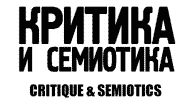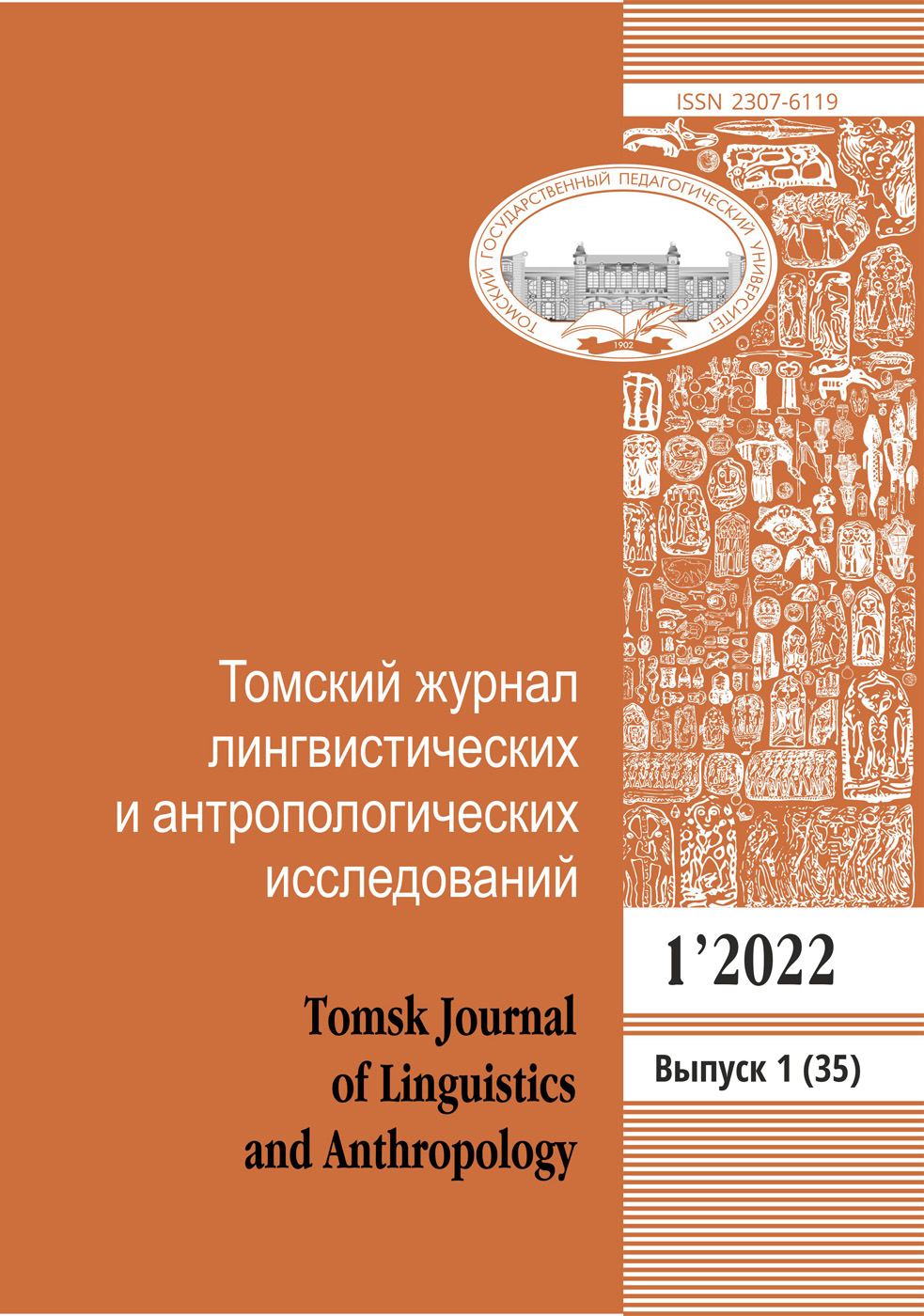Search
| # | Search | Downloads | ||||
|---|---|---|---|---|---|---|
| 1 | The present paper deals with the relationship between the visual image and the poetic text in the emblematic message of the hagiographic art of baroque. Specifically two different traditions of the 17th–18th centuries, namely the Cretan and the Russian, were studied by the typical examples of the icon “Μέγας εἶ, Κύριε” (“Great Art Thou, O Lord”) by Ioannis Kornaros and the iconographic type of the “Living cross”. The comparative analyses of the function of the poetic text – the homonymous prayer of St. Sophronius of Jerusalem and the religious poem of Silvestre Medvedev – on these icons revealed that in spite of the obvious differences there are certain common features which correspond to the general trends of the changing role of the icons in the European spiritual and social context. Keywords: talking icons, emblem, Baroque, Cretan school, Ioannis Kornaros, Silvestre Medvedev, Living Cross, St. Sophronius of Jerusalem | 1243 | ||||










